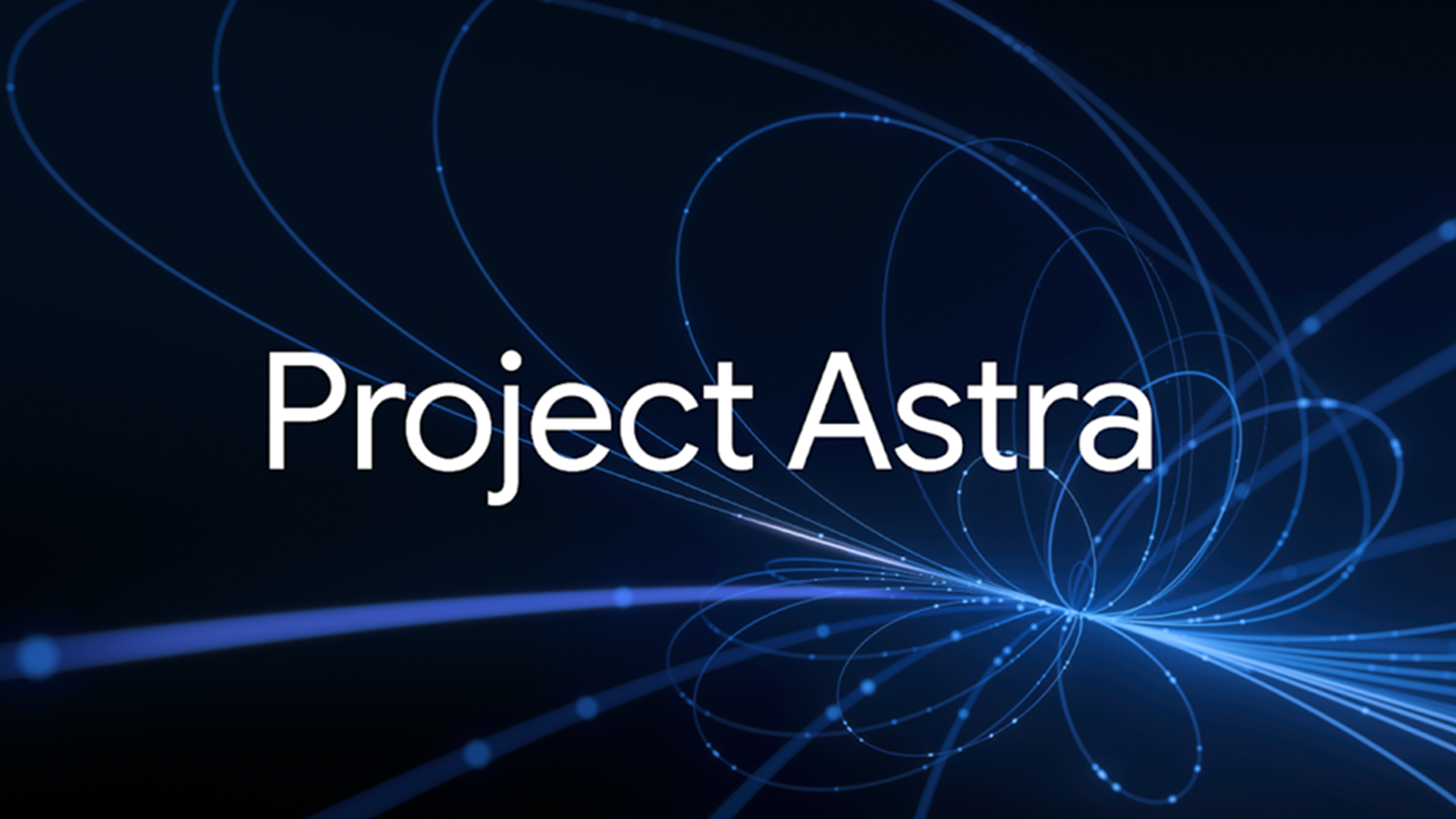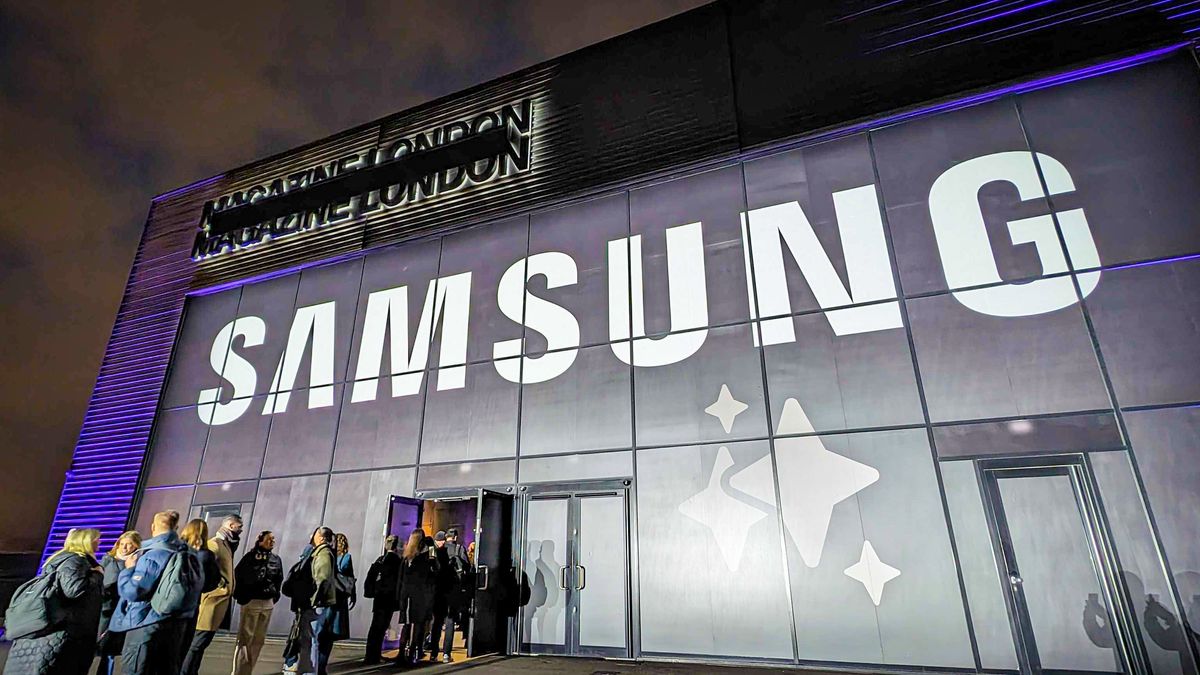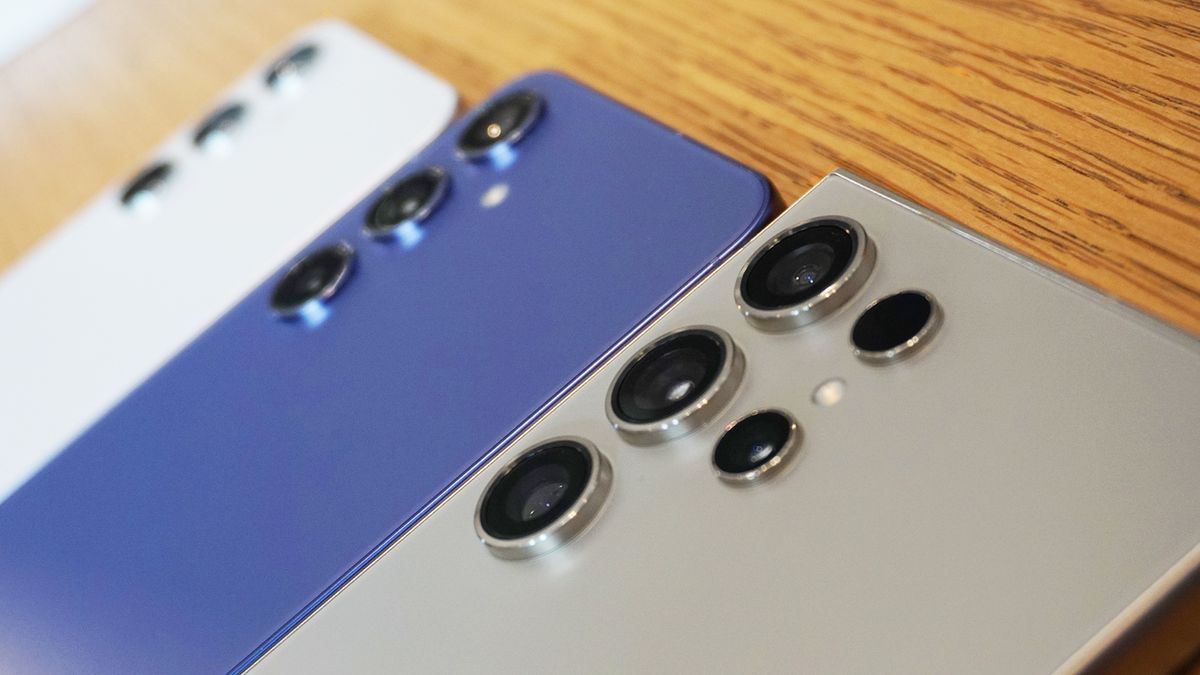Google has been promoting its Astra project as the next generation of AI for months. That established some high expectations when 60 minutes He sent Scott Pelley to experiment with Astra Project tools provided by Google Deepmind.
He was impressed with how articulated, observant and insightful that the AI turned out to be throughout his tests, particularly when the AI not only recognized the moody painting of Edward Hopper “Automat”, but also read the body's body language and turned a fictitious vignette about her life.
All this through a couple of smart glasses that barely seemed different from a couple without incorporated. The glasses serve as a delivery system for an AI that sees, listens and can understand the surrounding world. That could prepare the stage for a new race of intelligent portable devices, but that is just one of the many things we learned during the segment on the plans of the Astra and Google project for AI.
Attend
Astra understanding
Of course, we have to start with what we now know about Astra. First, the IA assistant continuously processes videos and audio of cameras and microphones connected in its surroundings. The AI not only identifies objects or transcribes text; It also intends to detect and explain the emotional tone, extrapolate the context and continue with a conversation on the subject, even when you stopped to think or talk to another person.
During the demonstration, Pelley asked Astra what he was looking at. He instantly identified the Drops Yard coal, a retail complex in King's Cross, and offered background information without losing a rhythm. When a painting was shown, he did not stop in “That is a woman in a coffee.” He said he seemed “contemplative.” And when he was pushed, he gave him a name and background.
According to the Deepmind CEO, Demis Hassabis, the understanding of the real world of the assistant is advancing faster than I expected, pointing out that it is better to make sense of the physical world of what engineers thought it would be at this stage.
I see 2 views
But Astra is not just passively observing. Deepmind has also been busy teaching AI how to generate photorealist images and videos. The engineers described how two years ago, their video models fought with the understanding that the legs are linked to dogs. Now, they exhibited how I see 2 can conjure a flying dog with fins wings.
The implications for visual narration, cinema, advertising and yes, augmented reality glasses are deep. Imagine his glasses not only telling him what building he is seeing, but also visualizing how he seemed a century ago, in high definition and integrated without problems in the present view.
Genius 2
And then there is Genie 2, the new Deepmind World modeling system. If Astra understands the world as it exists, Genie builds worlds that no. A fixed image is needed and makes it an explorable visible environment through smart glasses.
Walk forward, and Genie invents what is just around the corner. Turn left and little invisible walls. During the demonstration, a waterfall photo became a playable video game level, dynamically generated as Pelley explored.
Deepmind is already using spaces generated by Genie to train other AIS. Genie can help navigate a world made by another AI, and in real time too. A system dreams, another learns. That type of simulation loop has enormous implications for robotics.
In the real world, robots have to beat their way through the test and error. But in a synthetic world, they can train incessantly without breaking furniture or risking demands.
Astras eyes
Google is trying to put the perception of Astra style in its hands (or in the face) as quickly as possible, even if that means giving it away.
Only a few weeks after launching the characteristics of the camera and live camera of Gemini as a premium benefit, they reversed the course and did it for free for all Android users. That was not a random act of generosity. By making as many people as possible to point out their cameras in the world and chat with Gemini, Google receives an avalanche of training data and comments from users in real time.
There is already a small group of people who use Astras glasses in the world. According to reports, the hardware uses micro-read screens to project subtitles in one eye and offers audio through small directional speakers near the temples. Compared to the awkward science fiction visor of the original glass, this feels like a step forward.
Of course, there are problems with privacy, latency, battery life and the not-so-small issue of whether society is ready for people walking with semi-remiscient glasses without mocking without mercilessness.
If Google can or may not make that magic feel ethical, not invasive and elegant enough for the mainstream to still be in the air. But that 2025 feeling as the intelligent glasses of the year become the main current seems more precise than ever.









